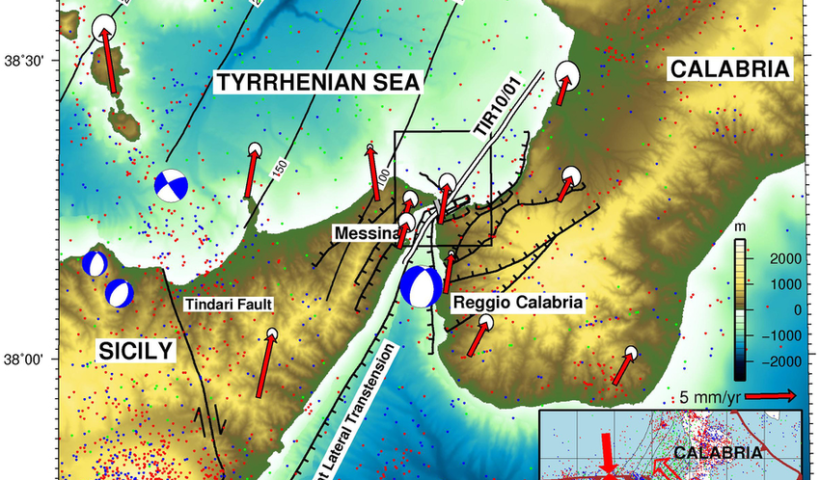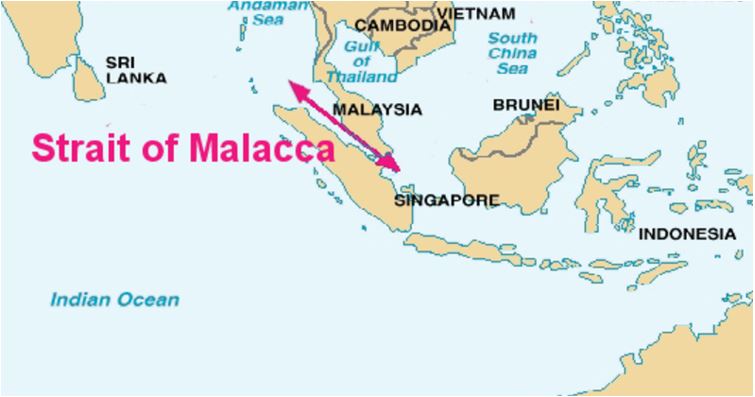Navigational Regimes of Particular Straits, Messina case study, italy, non-suspendable innocent passage, Sicily, Strait of Messina, What is the name of the strait between Italy and Sicily?
View More Navigational Regimes of Particular Straits, Messina case studyTag: non-suspendable innocent passage
Rights and Obligations of Coastal States Bordering Straits based on international law of the sea and customary international law
The coastal State has a right to adopt laws and regulations relating to transit passage through straits. Under Article 42(1), those laws and regulations involve:
(a) the safety of navigation and the regulation of maritime traffic, as provided in Article 41,
(b) the prevention, reduction and control of pollution, by giving effect to applicable international regulations regarding the discharge of oil, oily wastes and other noxious substances in the strait,
(c) with respect to fishing vessels, the prevention of fishing, including the stowage of fishing gear, and
(d) the loading or unloading of any commodity, currency or person in contravention of the customs, fiscal, immigration or sanitary laws and regulations of States bordering straits. States bordering straits are required to give due publicity to all such laws and regulations in accordance with Article 41(3).
Rights and Obligations of Coastal States Bordering Straits based on international law of the sea and customary international law, Article 43 of the LOSC, coastal State, Coastal States Bordering Straits, environmental protection, Great Belt case between Finland and Denmark, Legality of Creation of Bridges in International Straits, LOSC, MODUs, non-suspendable innocent passage, Torres Strait
what is the meaning of INTERNATIONAL STRAITS and its legal issues (typology and rules)
The straits under Part III of the LOSC contain two types of straits: straits to which the regime of transit passage applies and straits to which the right of innocent passage applies.
The first type concerns straits to which the regime of transit passage applies. In this regard, Article 37 provides: This section applies to straits which are used for international navigation between one part of the high seas or an exclusive economic zone and another part of the high seas or an exclusive economic zone. This provision contains two criteria for identifying international straits under Part III.
The first is the geographical criterion. Such straits are those connecting ‘one part of the high seas or an exclusive economic zone and another part of the high seas or an exclusive economic zone’. The second is the functional criterion, namely ‘straits used for international navigation’. Concerning the relationship between the two criteria, the ICJ, in the Corfu Channel case, seemed to consider that the geographical criterion provided the primary criterion… what is the meaning of INTERNATIONAL STRAITS and its legal issues (typology and rules), Åland Islands, Åland Strait, archipelagic waters, Arctic Ocean, Arctic waters, Article 36 of the LOSC, Atlantic Oceans, Corfu Channel judgment, Dardanelles, Dover Strait, EEZ, international navigation, international shipping, international straits, LOSC, Montreux Convention, non-suspendable innocent passage, Osumi Strait, right of innocent passage, Strait of Gibraltar, Strait of Magellan, Straits of Malacca, territorial sea, territorialisation, transit passage, Turkish Straits



